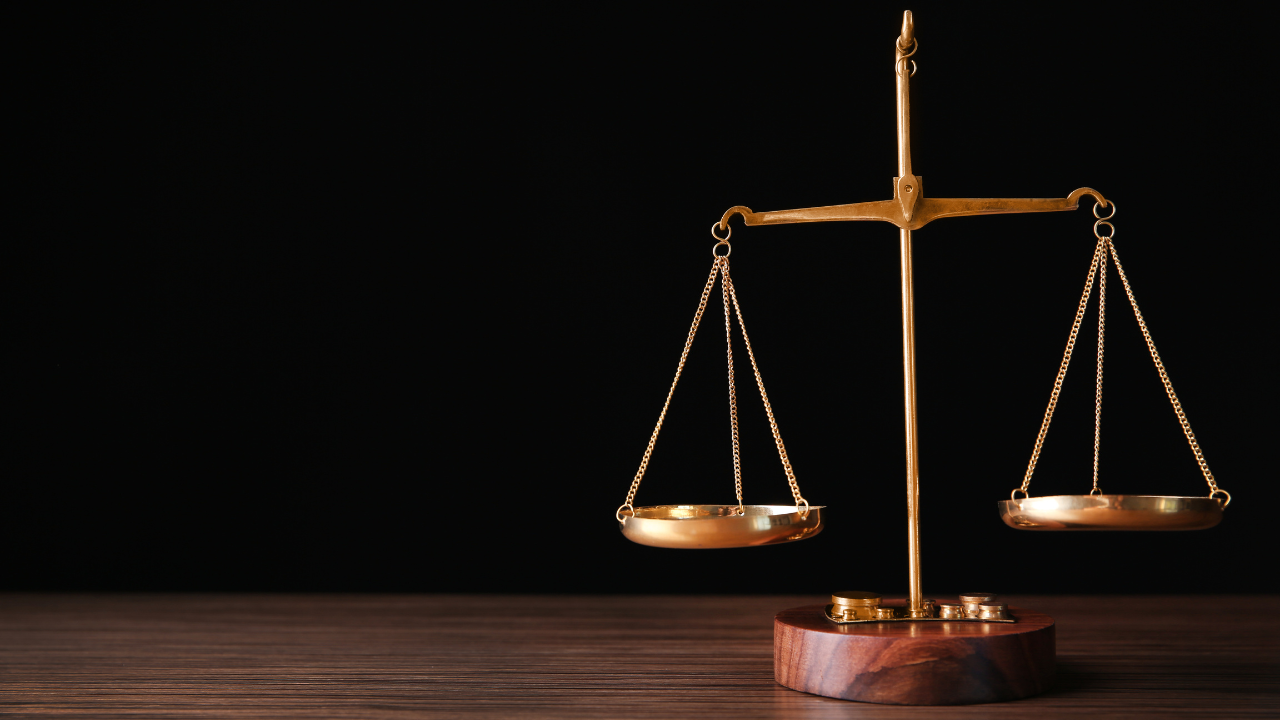Blog
Income Equalisation vs Debt Repayment
30/06/2025
 When milk prices climb toward $10 per kilogram of milk solids and your farm generates healthy surpluses, you face one of dairy farming's most important financial decisions: should you pay down debt or invest in income equalisation? This choice will significantly impact your farm's financial resilience and tax efficiency for years to come.
When milk prices climb toward $10 per kilogram of milk solids and your farm generates healthy surpluses, you face one of dairy farming's most important financial decisions: should you pay down debt or invest in income equalisation? This choice will significantly impact your farm's financial resilience and tax efficiency for years to come.
Understanding Income Equalisation's Purpose
The Income Equalisation Scheme is designed to help farmers manage income volatility caused by fluctuating milk prices, weather, and market conditions. It allows you to deposit income during good years to reduce your current tax bill and withdraw it in future years when income is lower.These deposits earn government interest (currently around 3%) and reduce your taxable income dollar-for-dollar. For example, a $100,000 deposit could save you $33,000 to $39,000 in tax, depending on your marginal rate.
The Debt Repayment Alternative
Paying off debt offers different advantages. With lending rates often above 7%, repaying debt offers a guaranteed return by reducing interest costs.This also improves your farm’s financial flexibility, enhances cash flow resilience, and can strengthen your borrowing position with lenders.Banks may reward lower debt levels with better lending terms and interest rates.
Analysing Your Specific Situation
There’s no one-size-fits-all answer. Farms with high debt (e.g., over 40–45% of total assets) often benefit more from repayment, while farms with manageable debt might prioritise tax-saving strategies like income equalisation.Consider your personal risk profile, future plans, and the balance of immediate versus long-term benefits.
Strategic Timing Considerations
Timing is crucial. Income equalization deposits must be made before the end of your tax year to count, while debt repayments yield savings anytime.You might repay debt early in the season, then make income equalization deposits once your income and tax position are clearer. Multi-year planning can also help optimise these decisions across different milk price cycles.
Hybrid Approaches for Complex Situations
Many farms use a hybrid strategy—splitting surpluses between debt repayment and income equalisation. For instance, 60% to debt, 40% to income equalisation.Some farmers follow triggers, such as switching to income equalisation only once debt falls below 35%. This ensures consistent, logical financial decisions.
Integration with Broader Farm Planning
Align these financial strategies with your bigger picture—succession, expansion, lifestyle. Income equalization offers flexibility and liquidity. Debt repayment strengthens long-term financial security.Also, tax implications vary based on your business structure (e.g., company vs partnership), so coordinate decisions with your accountant.
Monitoring and Adjusting Your Strategy
These strategies aren’t permanent. You can withdraw income equalization funds or refinance debt as needed. Review your approach regularly to reflect changes in interest rates, milk prices, or personal goals.Document your reasoning so you can assess decisions over time and adjust your strategy with confidence.
Call to Action
Choosing between income equalisation and debt repayment isn’t simple. At CMK Chartered Accountants, we specialise in helping New Zealand dairy farmers make smart, tailored financial decisions.Let us model your options and guide you toward the best outcome for your farm’s future. Contact CMK today to build a financial plan that keeps your operation strong, resilient, and tax-efficient—no matter the season.

